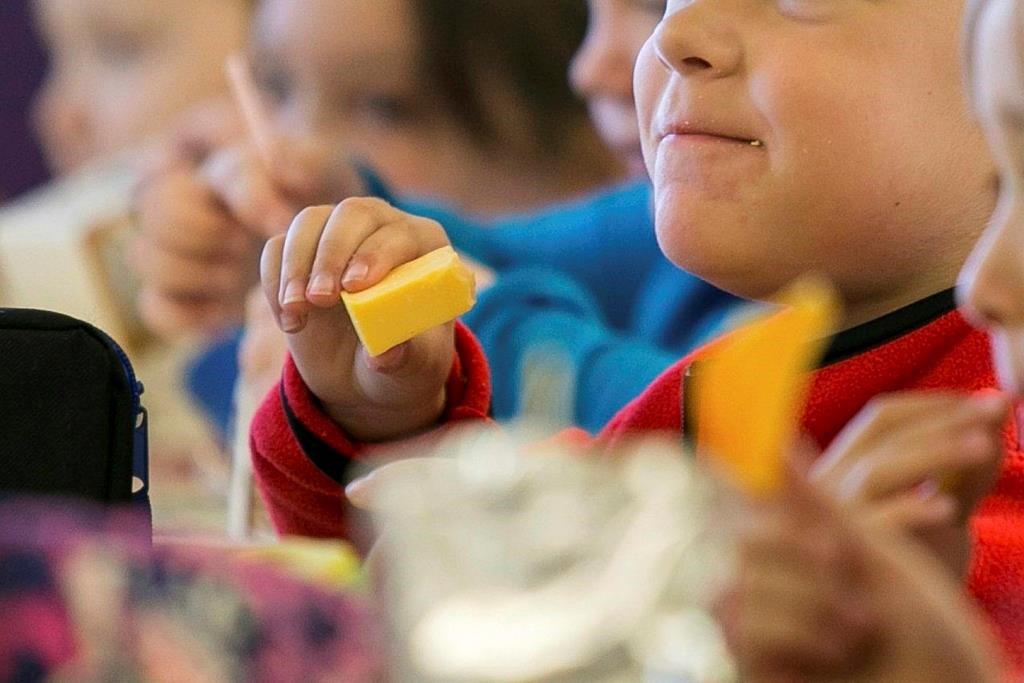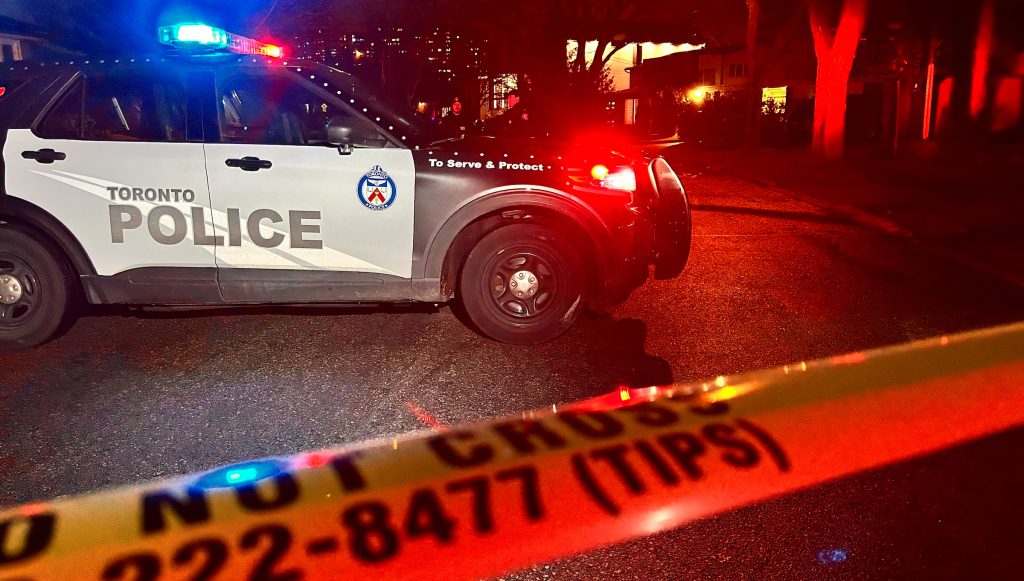Pot edibles legal today: What you need to know about Cannabis 2.0

Posted October 17, 2019 12:04 pm.
Last Updated October 17, 2019 6:31 pm.
This article is more than 5 years old.
Cannabis edibles, topicals and extracts officially became legal Thursday, but Canadians will have to wait until mid-December or the early new year before purchasing THC-infused products online or at brick-and-mortar stores.
Health Canada has imposed a 60-day waiting period, requiring licensed producers to provide notice of their intent to sell new products.
“Additionally, as with any new regulatory framework, federally licensed processors will need time to become familiar with and prepare to comply with the new rules and to produce new products. Provincially or territorially authorized distributors and retailers will also need time to purchase and obtain the new products and make them available for sale,” Health Canada states on its website.
One of the more contentious regulations includes a 10-milligram cap on the amount of THC allowed in edible products. Some feel the restriction will keep heavy users turning to stronger black market products, but others believe it’s a prudent step to prevent over-consumption in people who may be unfamiliar with the products.
“With edibles there is this delay before people feel high so there is the potential that someone may take an edible, a small square of chocolate or something, and think that nothing is happening and they don’t feel high yet so they continue to take more,” Ruth Ross, a pharmacology and toxicology professor at the University of Toronto, explained. “When this delayed effect kicks in they may have some potential adverse effects from over-consuming.”
Jay Rosenthal, the founder of the Business of Cannabis, agrees.
“Health Canada has taken a really cautious approach in terms of dosage, in terms of packaging … I think that’s a good approach from Health Canada because it is a different type of product that people may not have had before and when people do try it I urge them to try it low dosage and go slowly because it does impact you quite different than combusting cannabis,” he told Breakfast Television on Thursday.
Under the regulations, cannabis edibles also can’t be mixed with alcohol, can’t be appealing to children, and must use plain packaging.
WATCH: Cannabis industry insider on the types on products hitting shelves in 60 days
Federal government final regulations: (Source: Government of Canada)
Edible cannabis
With respect to edible cannabis, regulations include:
- Restricting the use of ingredients that could increase the appeal of edible cannabis, increase the risk of food-borne illness, and encourage over-consumption.
- Placing a limit of 10 milligrams on the amount of THC that can be in a package of edible cannabis.
- Requiring child-resistant and plain packaging for edible cannabis to lower the risk of accidental consumption and make packages less appealing to young persons.
- The label will need to display the standardized cannabis symbol and a health warning message.
- It will be prohibited to make any claims respecting health benefits or nutrition on the label.
- Putting in place strict new manufacturing controls for the production of edible cannabis to reduce the risk of food-borne illness and to control the quality of products.
- Prohibiting the production of food and cannabis in the same facility to ensure the safety and integrity of Canada’s food system.
Cannabis extracts
With respect to cannabis extracts, regulations include:
- Prohibiting the use of certain ingredients that could appeal to young persons, such as sweeteners and colourants, or ingredients that could increase the appeal of cannabis extracts.
- Prohibiting certain flavours that are appealing to young persons from being displayed on a product label, consistent with rules for vaping products.
- Placing a limit on the amount of THC that could be in a unit of a cannabis extract — such as a capsule — of 10 milligrams. The total amount of THC in a package of a cannabis extract is capped at 1,000 milligrams (e.g., 100 10‑milligram capsules).
- Requiring child-resistant and plain packaging for cannabis extracts. All packages, as well as certain pre-filled accessories, such as vape pens, are required to display the standardized cannabis symbol. Packages are also required to display a health warning message.
- Prohibiting any claims respecting health benefits on the label.
- Putting in place strict new manufacturing controls for the production of cannabis extracts to control the quality of the products.
Cannabis topicals
With respect to cannabis topicals, regulations include:
- Restricting the use of certain types of ingredients.
- Placing a limit of 1,000 milligrams of THC in each package of a cannabis topical.
- Requiring child-resistant and plain packaging for cannabis topicals. All packaging is required to display the standardized cannabis symbol and a health warning message.
- Prohibiting any claims respecting health or cosmetic benefits on the label.
- Putting in place strict new manufacturing controls for the production of cannabis topicals to control the quality of the products.








